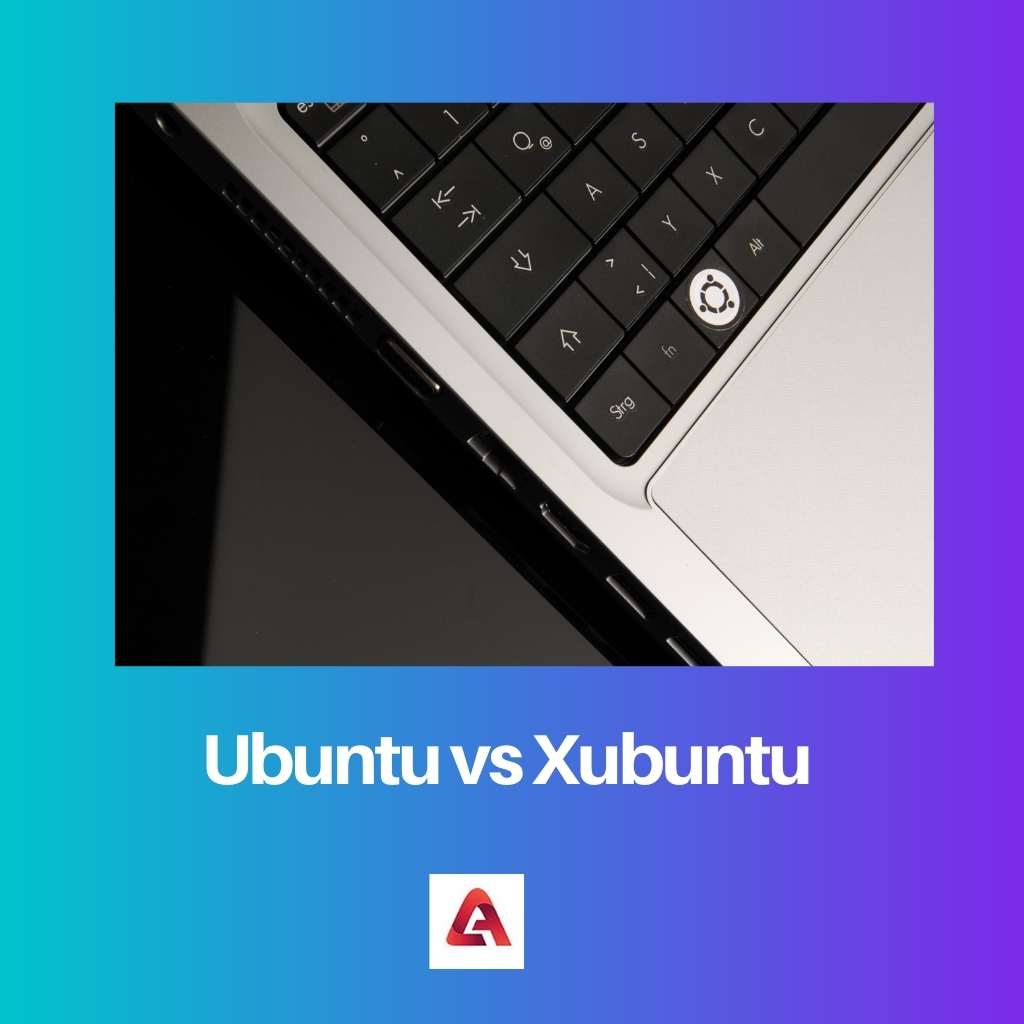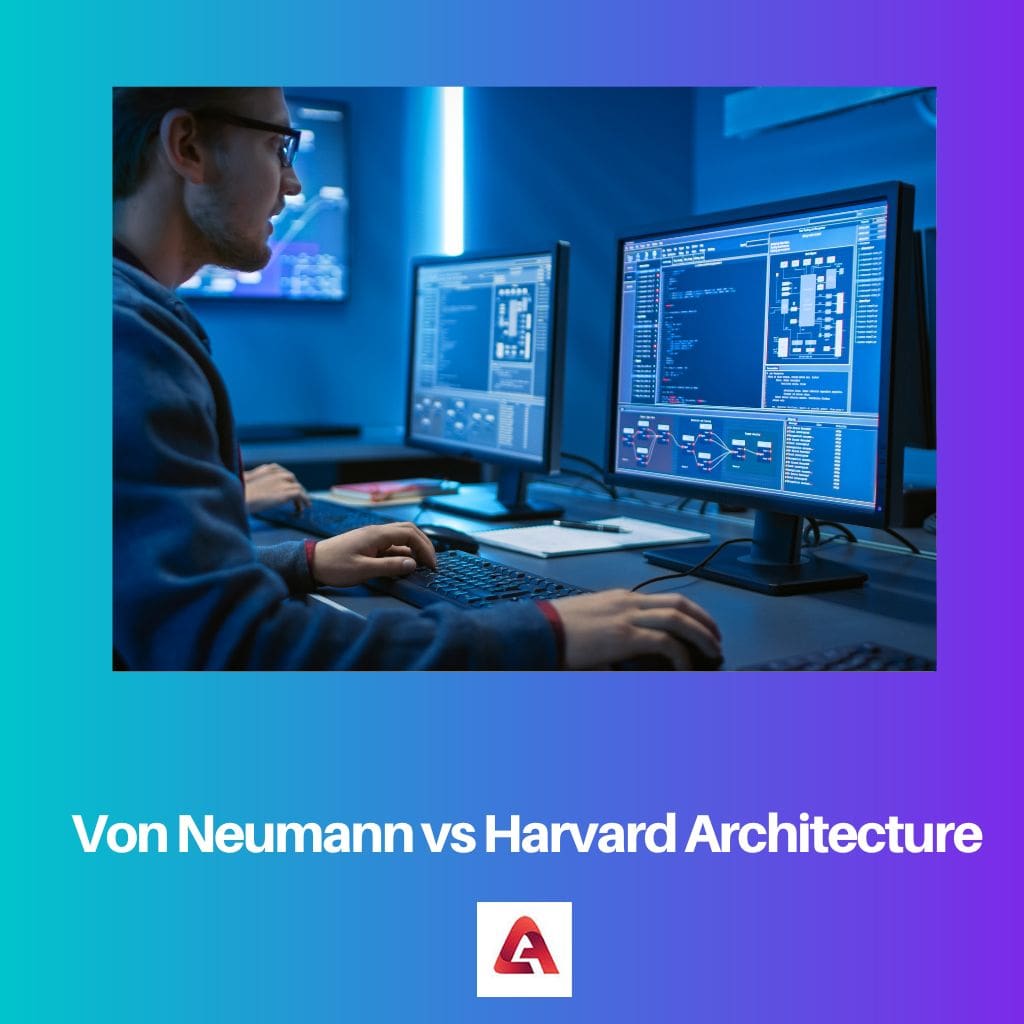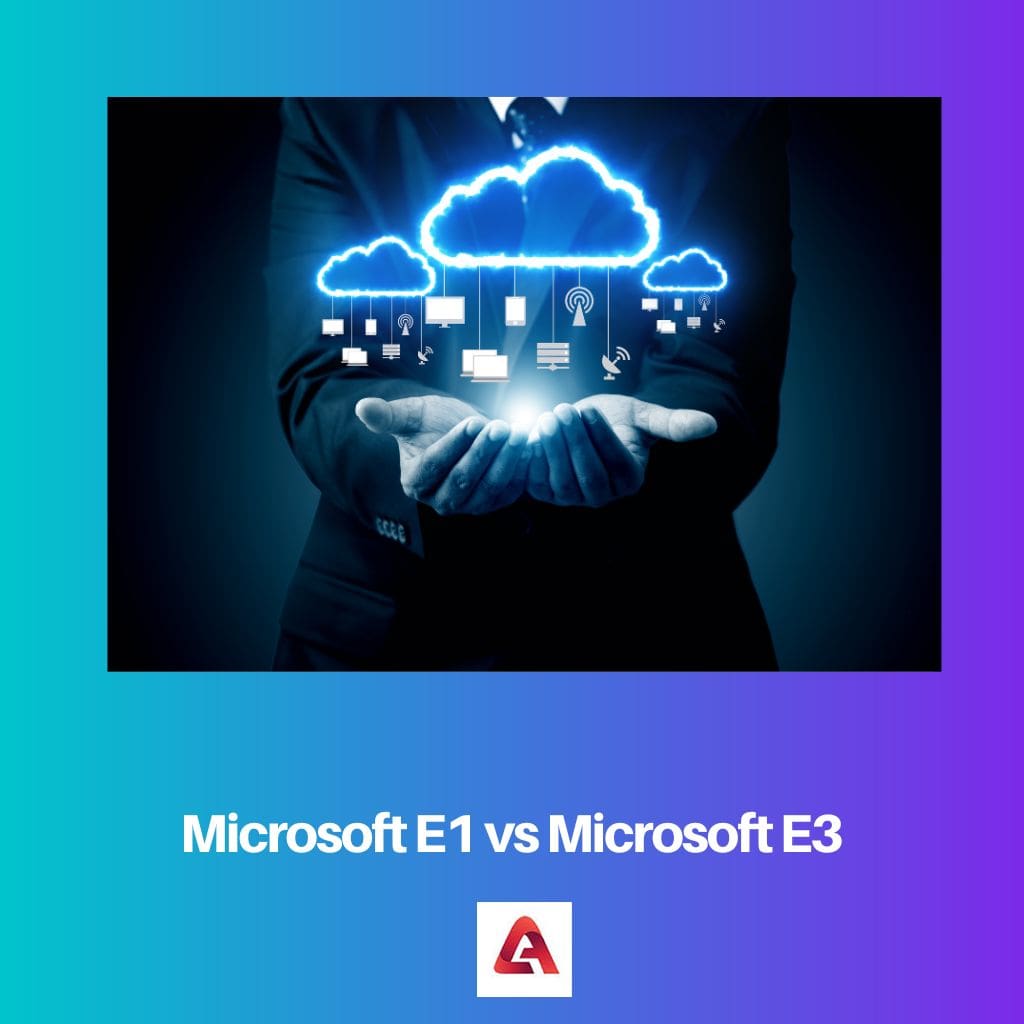Ubuntu and Xubuntu are very prominent Linux distributors in Distro. The two versions of Linux distribution are slightly confusing for users where one is primarily invented, and another one was subsequently developed.
Similar software with multiple distinguish points is stated below to recognize their purpose and features. The software application of workflows is quite identical in both cases.
Key Takeaways
- Ubuntu utilizes the GNOME desktop environment, whereas Xubuntu employs the lightweight XFCE desktop environment.
- Xubuntu requires fewer system resources, making it a better choice for older or low-end hardware than Ubuntu.
- Ubuntu offers more features and a modern user interface, while Xubuntu focuses on simplicity and speed.
Ubuntu vs Xubuntu
Ubuntu is a free and open-source Linux-based operating system that was first released in 2004, based on the Debian architecture and is designed to be easy to use. Xubuntu is a variant of Ubuntu that uses the lightweight Xfce desktop environment instead of the default GNOME desktop environment.

The term Ubuntu refers to the foundation software of Distro based upon which further advanced operating systems is designed. It can be easily installed on any new modern hardware technology.
It hardly requires 4GB of memory to build up its space. Users of Ubuntu are allowed to study, change, use, and improve the design without any cost.
The term Xubuntu refers to the permutation software of Ubuntu, which uses the XFCE desktop environment, and its operational goals are similar to Ubuntu.
It has a graphical desktop with low memory footprints. The updates in Xubuntu are released every two years. It has a conservative workflow command using XFCE components.
Comparison Table
| Parameters of Comparison | Ubuntu | Xubuntu |
|---|---|---|
| Maintainance | The Distro Ubuntu is correctly managed and maintained by core Ubuntu developers. | The Xubuntu Distro is managed through the XFCE desktop environment. |
| Customization | Ubuntu comes with limited desktop customization options. | Xubuntu has an XFCE desktop which is more customized, configurable, and light. |
| Purpose | Ubuntu works for Unity Desktop Environment. | It is a costless and open-source Linux distribution and old version. |
| Technology | The Desktop Environment of Ubuntu is not easily compatible with system recourse. | The Desktop Environment of Xubuntu is easily compatible with system recourse. |
| Significance | It is a costless and open-source Linux distribution and an old version. | It is a community-based derivative of the Ubuntu operating system and a modern version. |
What is Ubuntu?
Ubuntu is an open-sourced Linux distributor that is freely available for users to use, change and study. It works well with all types of typical applications, which makes it user-friendly.
It has both community and professional support in functionality. It is designed as per the Ubuntu manifesto and runs charge-free. People can use it without any disabilities.
Enterprise edition is also accessible in the case of Ubuntu.
It is equipped with translation and accessibility infrastructure that comes free with the software. The compatibility of Ubuntu is familiar with mobile, laptop, server, and desktop purposes.
Some significant features of Ubuntu include: Supporting assistance to the office suite, namely Libre Office.
Upload and share videos for users, desktop support work well with Firewall, Chrome, and VLC and allows users access to Gmail and and Hotmail.
Finding content over Ubuntu is simple through its searching tool. The Debian-based operating system is sponsored through Canonical Limited.
The term Ubuntu has its origin in the Zulu language. Some variants of Ubuntu are – Ubuntu Studios for multimedia applications, Ubuntu server editions, and Edubuntu for educational purposes.
Its update has six months frequency with 18 monthly security update commitment.

What is Xubuntu?
The term Xubuntu is a Ubuntu-based Linux operating system with an XFCE desktop environment for easy and elegant use.
The desktop environment is light and configurable that supports graphics also. It is very much helpful for daily efficient working on desktops.
The official version of Xubuntu was released in the year June 2006, and the performance was numbered 6.06. The entire project of Xubuntu is based on the charge-free agenda of Ubuntu.
It has the same repositories to download the link, just like Ubuntu.
Some default programs are not compatible with Xubuntu, but in compatibility mode, it works very fast. The CPU power and memory usage is less in the case of Xubuntu.
Rather than working on GNOME, it has a pre-configured standard desktop environment. Some variants of Xubuntu are Element OS for home theatre, Linux UberStudent for education, and Voyager for Avant window navigator.
Multiple Xubuntu derivatives: Black Labrador Linux, Ultra User OS, OzOS, and chalets. It comes with a multiuser facility to enable the various user a path to a single machine.
Authorization feature for data privacy. The hardware requirement of Xubuntu is minimal because of its stability.

Main Differences Between Ubuntu and Xubuntu
- Functionality: Ubuntu has a powerful search tool functionality and extensive filters, whereas Xubuntu works great on old hardware without any extensive filters.
- Name Origin: Ubuntu as a name means “Humanity Towards Others” in the African language. Xubuntu is a combination of the XFCE desktop environment and Ubuntu since it’s a different version of Ubuntu.
- Developed By: The Development of Ubuntu was done by Team Canonical; conversely, Xubuntu was developed by the community.
- Appearance: Being an old technology Ubuntu does not have modern looks and Xubuntu has modern looks with advanced features.
- Process: The speed of output is less in the case of Ubuntu whereas Xubuntu is quite fast in processing and liked by many companies but for high graphics, it is not advisable.





